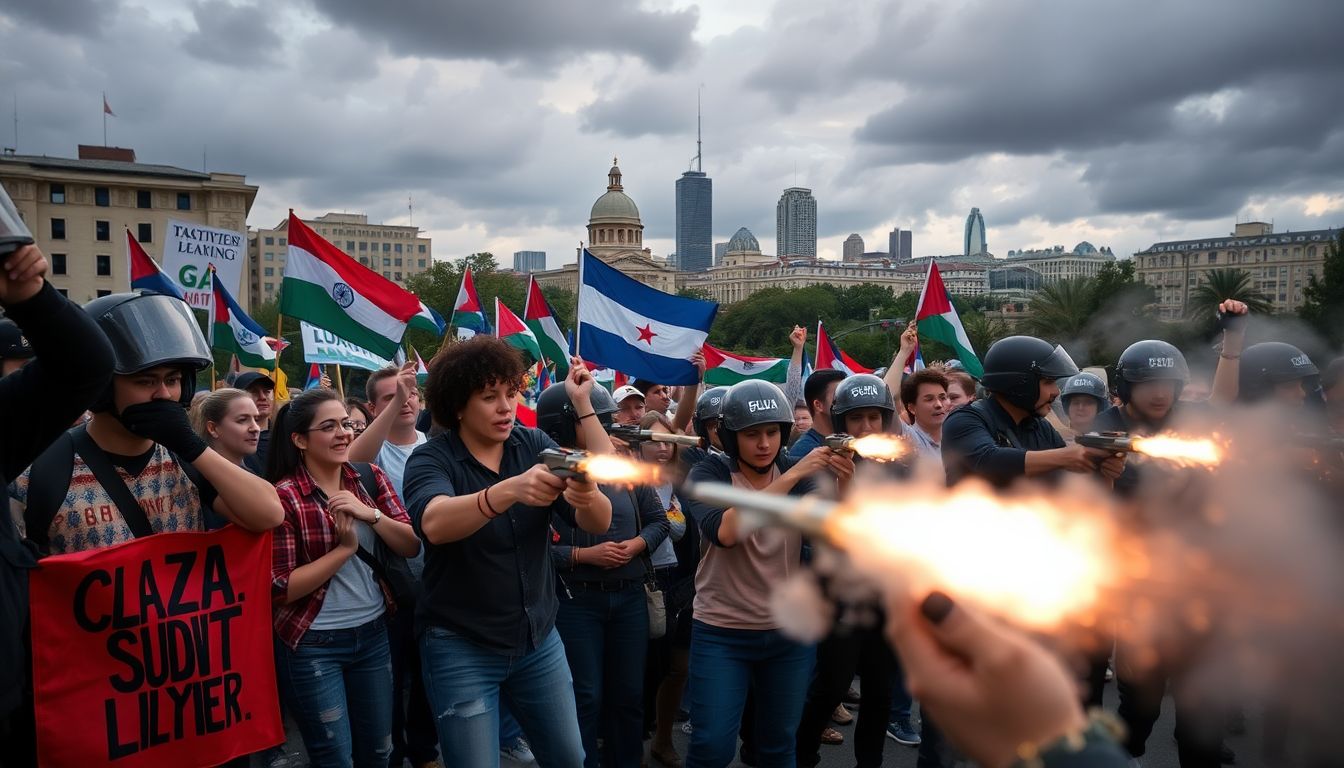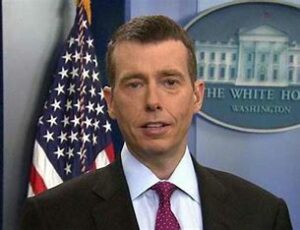Background of the Protests
The protests began on April 25, 2024, as part of a national demonstration against Israel’s military incursion into Gaza. At UCLA, the Palestine Solidarity Encampment was formed to demand that the university divest from companies engaged with the Israeli military.
The encampment was repeatedly attacked by counter-protesters who allegedly used fireworks, sprayed chemicals, and physically assaulted demonstrators. Despite urgent calls for help, police failed to intervene for several hours, leading to further violence and injuries among the protesters.
Sources: Wikipedia, Daily Bruin, Reuters, American Friends Service Committee
Allegations in the Lawsuit
The lawsuit claims that law enforcement agencies, including the California Highway Patrol (CHP) and Los Angeles Police Department (LAPD), violated California law by deploying chemical agents and rubber bullets on protesters.
The plaintiffs cite Assembly Bill 48, which limits the use of less-lethal projectiles to situations involving imminent threat of serious injury or death. The suit asserts that no such threat was present and that the use of force resulted in severe injuries, including fractures and internal bleeding.
Sources: Daily Bruin, Los Angeles Times
Impact on the Community
The events left a lasting impact on the UCLA community. One plaintiff, a Ph.D. student, shared that they now fear participating in future demonstrations due to concerns over retaliation and legal consequences.
The lawsuit seeks monetary damages for physical and emotional harm and aims to hold law enforcement accountable for their actions.
Source: AP News
Institutional Response
In response to the incidents, UCLA reassigned the chief of campus police and launched a new office dedicated to improving safety measures. However, the university has remained publicly silent regarding the lawsuit’s specific claims.
Neither the CHP nor the LAPD offered detailed comments on the allegations at this time.
Source: AP News
Conclusion
This case highlights the persistent tension between maintaining public order and protecting freedom of speech and assembly—especially in politically charged environments like university campuses.




